BUKHARA, Uzbekistan — The ancient Silk Road city of Bukhara, Uzbekistan, is hosting its inaugural international art event, the Bukhara Biennial, under the theme “Recipe for Broken Hearts.”
The mandate for all 200 participants from 39 countries — to create new commissions exclusively on Uzbek soil in collaboration with local artisans — has fostered a powerful dialogue between global contemporary art and Central Asia’s storied craft traditions.
Among the more than 70 works born of these collaborations, three entries tied to Korea, in particular, capture the spirit of this radical cooperation. Using ingredients ranging from fermented soybean paste to native clay, the works address profound questions of identity, memory and the Korean diaspora.
While the Ven. Jeong Kwan evokes the body and ancient time on a site where Sufi mystics once meditated, Choi Yun draws a parallel between Uzbekistan’s present and Korea’s 1988, linking earth and the digital realm through her tower of clay smartphones.
Daria Kim, a Berlin-based multidisciplinary artist from Uzbekistan, meanwhile, explores the Koryo saram diaspora and its layered history.
Uzbekistan, despite being almost 5,000 kilometers away from Korea, is home to Central Asia’s largest Korean diaspora — the Koryo saram, literally meaning “Korean person.” They form the seventh-largest ethnic group in the country, tracing their roots to 1937, when Koreans living in the Russian Far East were forcibly deported to Central Asia on the orders of Soviet dictator Joseph Stalin.
Instead of the more common term Korean diaspora, the biennial intentionally used their original self-identifying term, Koryo saram, to highlight this community’s unique history and agency.
| The Ven. Jeong Kwan (seated on the right) leads a food meditation session at the Bukhara Biennial in Bukhara, Uzbekistan, on Sept. 5. (Park Ga-young/The Korea Herald) |
Jeong Kwan, a Seon Buddhist nun and chef, presented meditation through food, translating her philosophy of temple cuisine into a shared spiritual practice. The nun gained global recognition after appearing on Netflix’s "Chef’s Table" in 2017.
On the opening day, Sept. 5, and the next day, Jeong Kwan led a series of food meditation sessions at the Khoja Kalon Mosque.
A group of people sat on a brick floor, the remains of a former mosque. A set of humble dishes was served at each table, including kimchi, which was prepared with the Koryo saram community using local ingredients. A Koryo saram translator was present at each table to bridge the language gap, relaying Jeong Kwan’s words in Korean into English.
Jeong Kwan opened the gathering with a short Buddhist ritual, reminding the participants that “food is a spiritual practice.”
"It's a ritual of gratitude toward nature and life, a path of emptiness and an offering of healing," she says.
| The Ven. Jeong Kwan (second from right) leads a food meditation session at the Bukhara Biennial in Bukhara, Uzbekistan, on Sept. 5. (Park Ga-young/The Korea Herald) |
Korean artist Choi Yun spent the past months building a monument to disconnection — using the very material that grounds us.
Diana Campbell, the artistic director of the inaugural Bukhara Biennial, invited Choi to take part in the biennial after seeing the artist's work at the Busan Biennial.
The invitation came with two conditions: produce everything on Uzbek soil and collaborate with local artisans.
In January, Choi traveled to Uzbekistan on a research trip, and on returning to Uzbekistan, she based herself in Rishtan in the Fergana Valley, Uzbekistan’s storied ceramics capital. There, she worked with a pair of master potters who grew up in the craft.
| Choi Yun's "Dark Age is Better, Desert is the Future" (2025), created in collaboration with Uzbekistan ceramists Bunyod Yunusov and Behzod Yunusov, is seen in this photo taken on Sept. 6 in Bukhara, Uzbekistan. (Park Ga-young/The Korea Herald) |
The result is a soaring tower assembled from roughly 900 handmade ceramic “smartphones,” a work that asks what we see when a screen no longer lights up — and what kinds of connection remain when the digital one is absent.
Choi, trained in media art and accustomed to controlled, test-driven workflows, needed repeatable results for hundreds of near-identical units; her collaborators, steeped in tradition, work largely by feel. “They’ve never needed the same outcome twice,” she notes, because a craft object is usually meant to be unique.
The piece draws a conceptual line to Paik Nam-june’s "The More the Better," created for the 1988 Seoul Olympics — another work where technology, nation and spectacle intertwined. But Choi flips the premise: her “monitors” do not function.
Their silence shifts attention from the torrent of images to what she calls the “time of the ground” — the slow, cyclical temporality beneath our feet. Screens are minerals before they are pixels; when they die, they return to earth. Clay, with its shared chemistry — oxides, ores, heat — becomes an honest mediator between media and geology.
| Choi Yun's "Dark Age is Better, Desert is the Future" (2025), created in collaboration with Uzbekistan ceramists Bunyod Yunusov and Behzod Yunusov, is seen in this photo taken on Sept. 6 in Bukhara, Uzbekistan. (Park Ga-young/The Korea Herald) |
"Paik Nam-june’s work was originally created to commemorate the 1988 Seoul Olympics, a landmark moment when Korea first opened itself to the international community through a global event," Choi told The Korea Herald on Sept. 6.
"In that sense, one could draw a parallel between the Seoul Olympics and the Bukhara Biennial, both serving as stages where a nation reintroduces itself to the world through culture," she added.
Production took about two months. Installation, however, became a trial by sun: limited handlers, scarce equipment and almost no on-site staff meant the artist spent days mixing paint, lifting and fixing under the open sky.
Residents and student mediators stepped in to help, turning the build into a small civic project.
"The project was a truly unique experience from the creation to installation," Choi said. “Residents would stop by to help; women from the neighborhood joined in and worked alongside me. It’s not the kind of experience you get to have often.”
Artist Daria Kim, born in Tashkent and now based in Berlin, brings a project that stitches together memory, material and making in ways that mirror the biennial’s brief — not just in method but in meaning.
Kim’s entry grows from a deeply local starting point: her family’s collection of some 1,500 works by Korean artists in Uzbekistan, including paintings by Anatoli Lyegai and Christophor Kan, two pillars of the Koryo saram art lineage.
Campbell encountered the collection, learned of Kim’s long-held plan to animate selected works, and invited her on that basis. The resulting 16-minute film, “1937,” reinterprets deportation-era images through hand-drawn 2D animation and original sound, maintaining the watercolor’s "human touch."
| Daria Kim's "Hive Settlers," installed at the Bukhara Biennial (Park Ga-young/The Korea Herald) |
In addition to the film, Kim presents "Hive Settlers" in collaboration with Uzbek ceramicist Azamat Nashvanov. In "Hive Settlers," Kim casts “rice bees” — a pointed metaphor shaped from rice flour, central to Korean cuisine but not used in Uzbekistan. The gesture is simple and sharp: Koreans as rice bees settling within a Central Asian hive, integrated yet distinct, productive and networked, shaping and being shaped by place, Kim told The Korea Herald on Sept. 6.
Studying Bukhara’s architecture, she fastened on the muqarnas pattern, honeycomb-like vaulting that became a formal hinge to her longstanding sculptural work with beeswax.
"Survival itself becomes the recipe," she says, in a line that reframes historical rupture as a living method.
| Daria Kim's 16-minute animation "1937," screened at the Bukhara Biennial (Park Ga-young/The Korea Herald) |






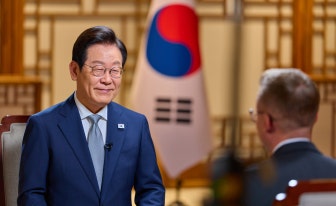
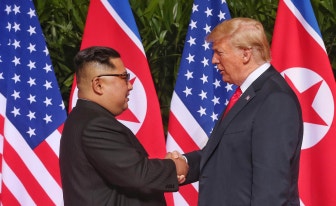
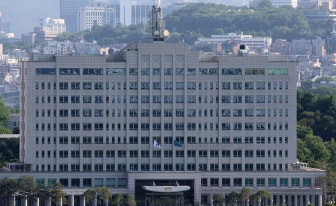
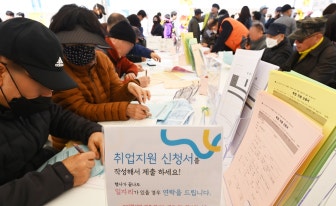
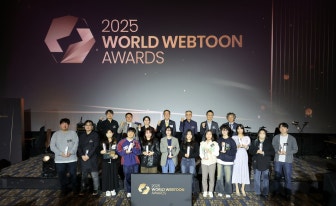
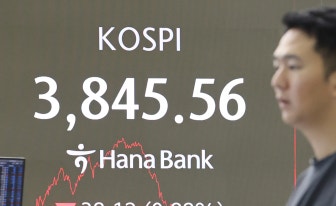
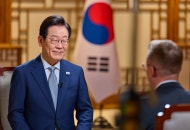
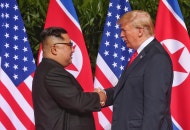
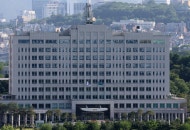
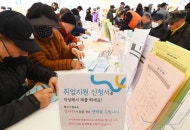
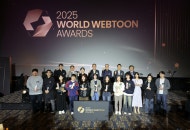
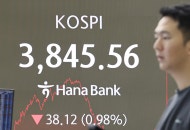
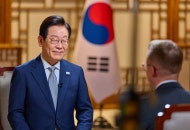
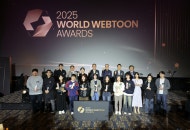
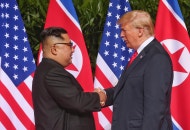

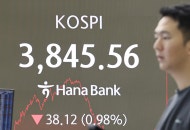
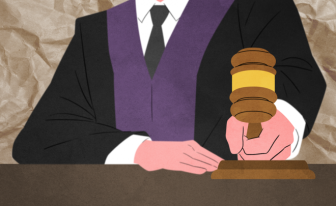

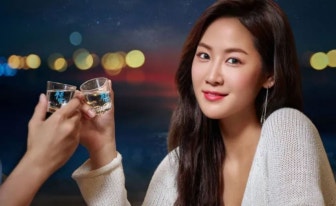
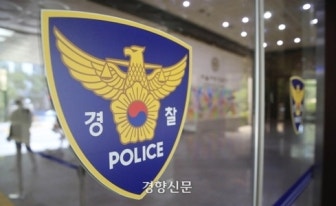
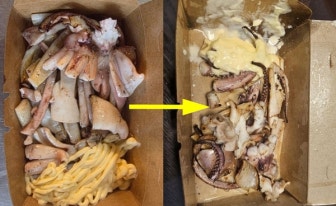
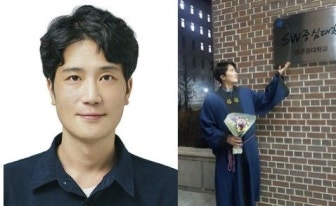

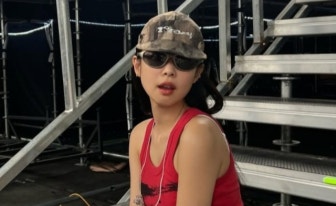
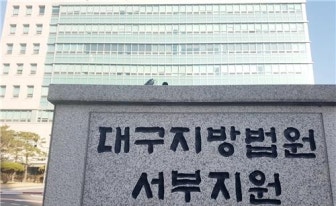
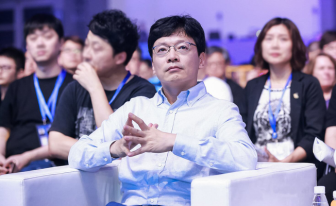
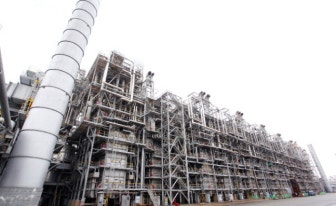
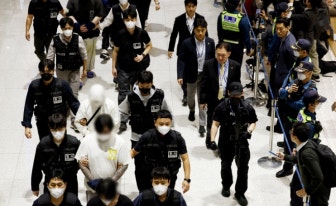
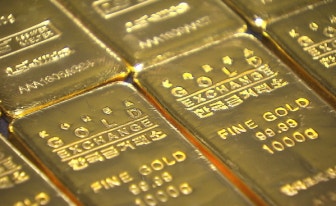
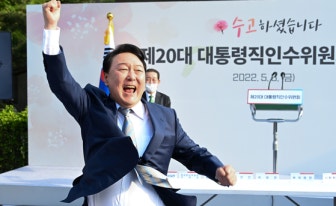

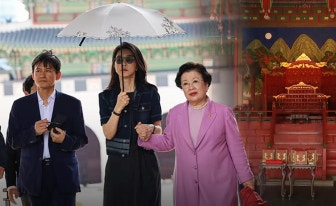
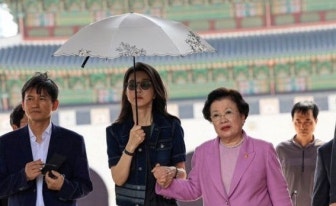
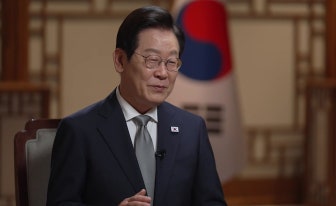
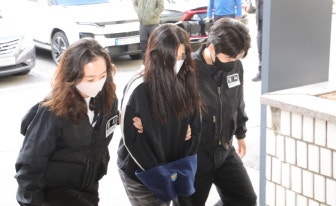
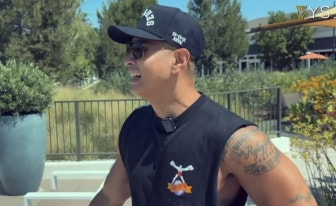

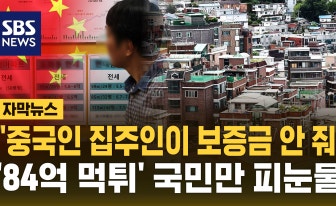
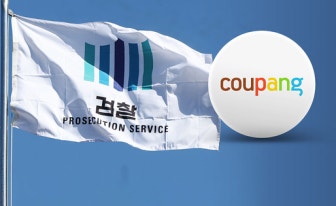
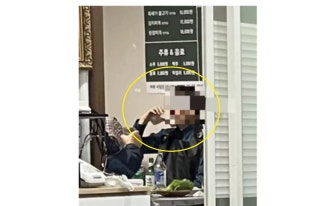
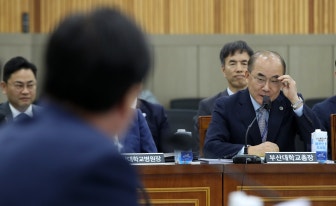
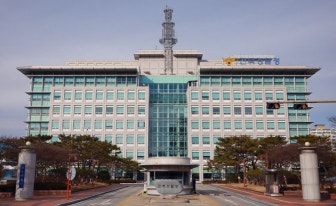
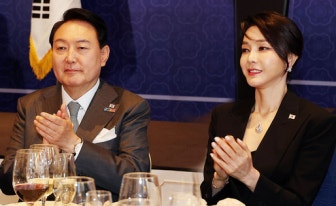
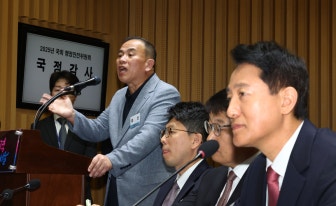
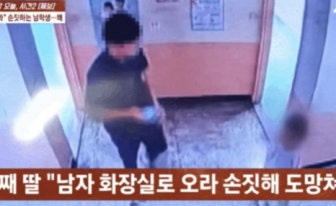
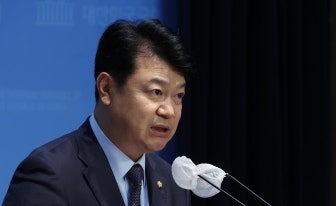
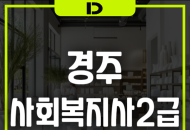


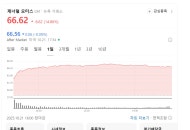
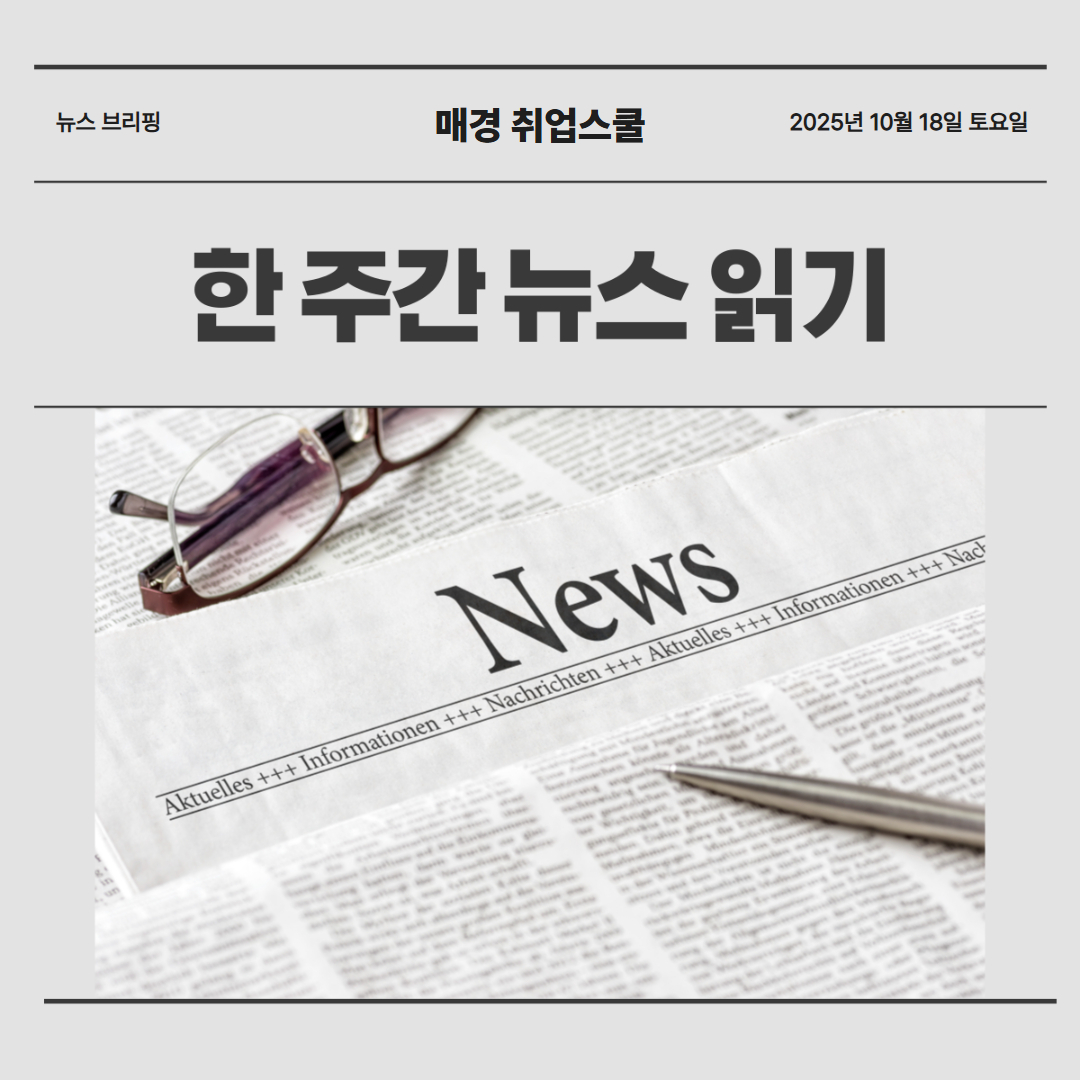.jpg?type=nf190_130)
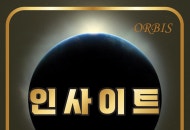
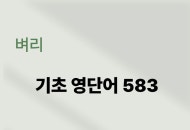
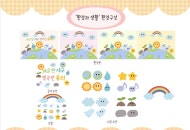

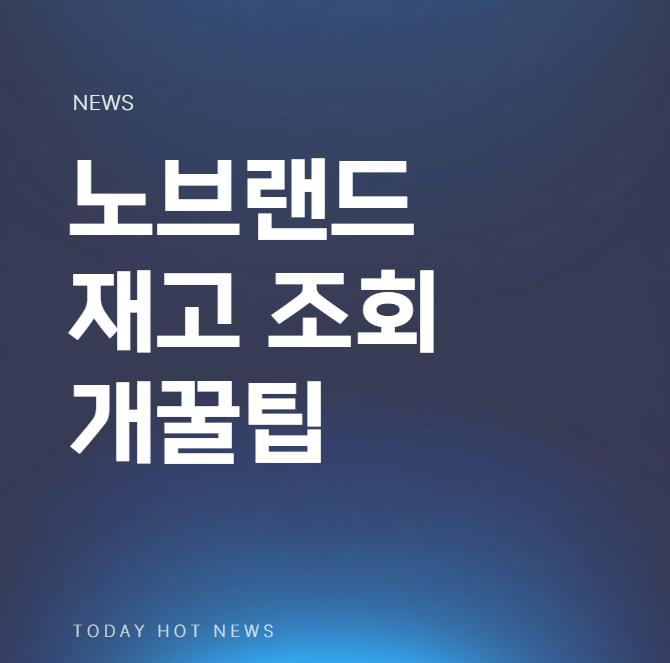.png?type=nf190_130)